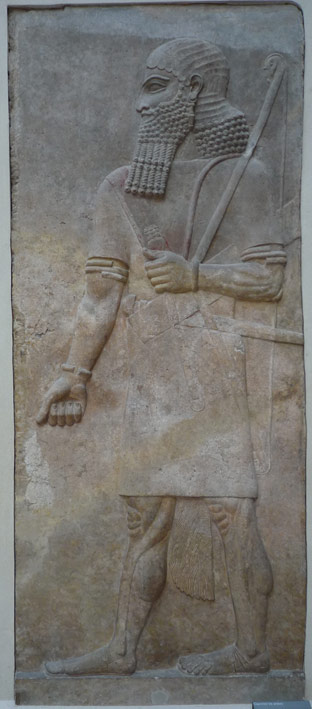

Picture 1. An Assyrian soldier wearing a purple tunic (the wall panel, the royal palace in Khorsabad) (Radner).
Picture 2. A model of a modern tunic from the collection of 2012 (“Noorya Modern Tops and Tunics Latest Collection 2012 Women & Girls”).
Justification Statement
During the Ancient Middle East period, tunics were worn by both men and women. Their length and particular features depended on the occupation of the person who wore the tunic and the person’s social status. Tunics for men and women had a lot of similarities, and the main difference was in the length because women wore only full-length tunics (Houston).
Although the pictures present the tunics for men and women, these garments have a lot of similarities depending on the form of the clothing. Thus, the man is depicted in a short straight tunic with short sleeves, and the woman is also depicted in a short tunic with short sleeves where the length of the modern tunic is correlated with the length of the man’s clothing.
That is why, the presented tunic can be discussed as the adaptation of the historical garment. Comparing these two garments, it is possible to determine the absence of significant decorative elements on the tunics.
In Assyria, Persia, and Egypt, tunics were worn by the representatives of all the social stages. Tunics were different in style and decorative elements in relation to the person’s status. Tunics were worn by kings, by soldiers, and by ordinary people; by men and women; tunics could be underwear and outwear; wrapped or the elements could be sewn together.
It was possible to determine the social status of the person with references to the tunic’s fabrics and ornaments used (Tortora and Eubank). The tunic is the historical garment was significant to reflect the social position of the wearer. The man’s short tunic presented in the picture is typical clothing for soldiers.
Modern tunics are worn by women as the part of their everyday clothing, and these tunics do not reflect the person’s social status. Tunics can also be worn as the part of the national costume in the Eastern countries.
Works Cited
Houston, Mary. Ancient Egyptian, Mesopotamian, and Persian Costume. New York: Dover Publications, Inc., 2002. Print.
Noorya Modern Tops and Tunics Latest Collection 2012 Women & Girls. 2012. Web.
Radner, Karen. War Heroes: Royal Recognition for Assyrian Soldiers. 2012. Web.
Tortora, Phyllis, and Keith Eubank. Survey of Historic Costume: A History of Western Dress. USA: Fairchild Publications, 1998. Print.